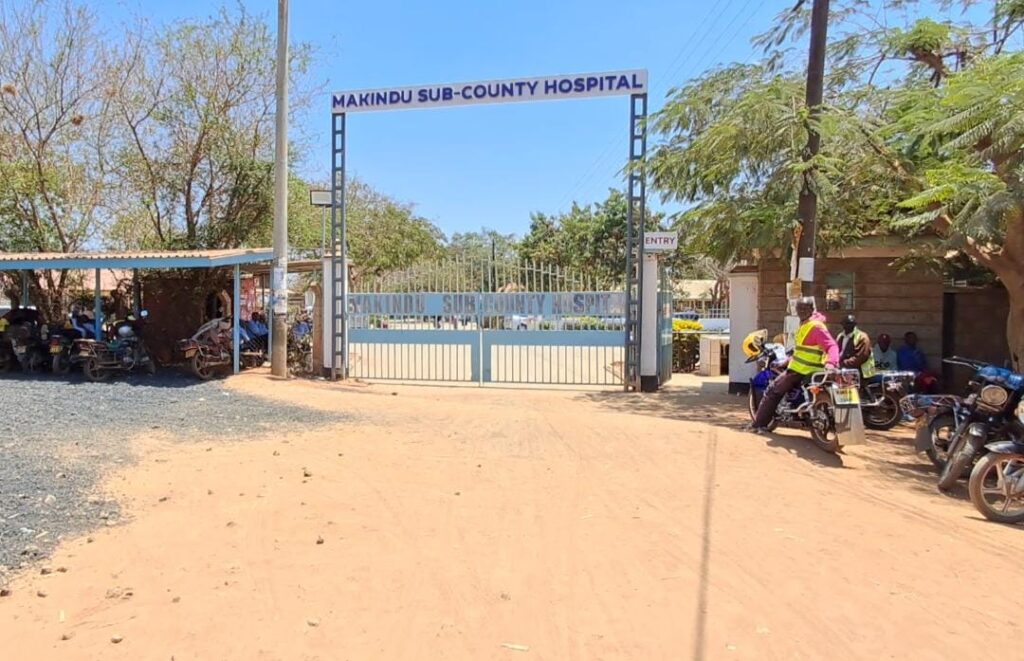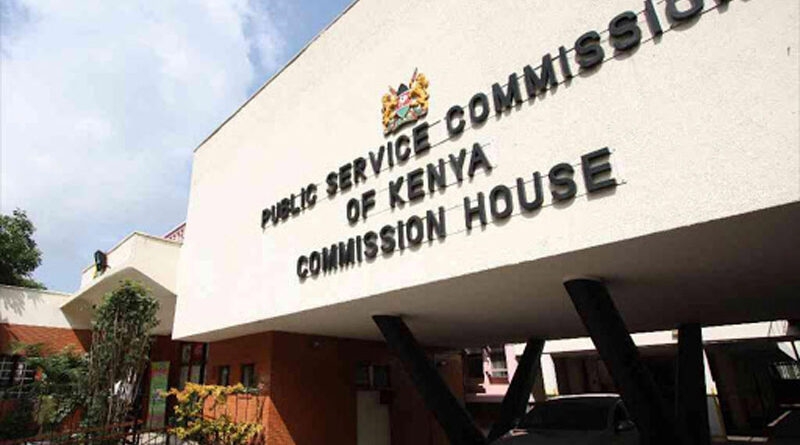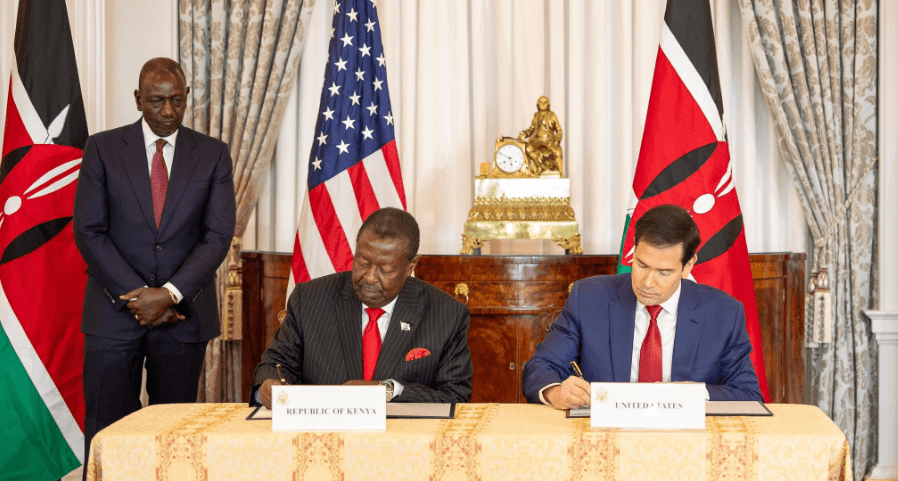
A 29-year-old man from Chyandulu Village in Muuni sub-location, Nguumo
location, is in serious condition at Makindu Sub-County Hospital after he
allegedly cut his private parts with a sharp object.
The incident was reported on October 1, 2025, by
his father, a 70-year-old, and brother aged 34, who
escorted the injured man for urgent treatment.
Police classify the case as self-inflicted
serious bodily injury. The motive remains unknown, and investigations are
ongoing.
Cases of genital amputations, though rare, do
occur in Kenya, and medical literature confirms that reattachment or
reconstructive surgery has been successfully performed under specific
conditions.
A notable example happened in January 2019, when doctors at Kenyatta
National Hospital (KNH) reattached the penis of a Form Three boy who had it
chopped off at the base near the scrotum by an unknown attacker.
The procedure took seven hours and involved a
team of 15 multidisciplinary specialists. According to the KNH report, the boy
was referred from a county hospital
The penis was amputated at its base
using a kitchen knife.
The patient arrived at KNH at about 9am and his case was reviewed
immediately by the plastic surgery and urology teams. After surgery, he
regained urinary function and, to some extent, the ability to achieve
erections.
Medical experts emphasize that several
conditions must be met to consider restoration.
The severed organ must be preserved properly, stored cleanly, and kept cool,
while the patient needs to be admitted quickly so surgery can be performed
before tissue damage becomes irreversible.
Additionally, microsurgical and reconstructive skill sets are required,
involving teams of urology, plastic, and reconstructive specialists.
According to research published in ScienceDirect,
the current standard treatment for penile amputation is microsurgical
replantation.
This delicate procedure involves reconnecting blood vessels and the dorsal
nerve while simultaneously repairing the cavernous body and urethra.
The goal is to restore not only the cosmetic appearance of the penis but
also its urinary and sexual functions.
Experts note that microsurgical anastomosis
provides better outcomes compared to traditional non-microsurgical repair.
By reconnecting arteries, veins, and nerves under magnification, surgeons
are able to re-establish blood circulation and preserve sensation.
This reduces the risk of tissue necrosis and long-term complications such as
urethral strictures, erectile dysfunction, or loss of sensitivity.
Clinical studies reviewed on ScienceDirect also show that timely
intervention is a critical factor in determining success.
When surgery is performed within a short ischemic window, ideally less than
six hours, patients have higher chances of regaining normal urination, erectile
function, and sensation.
However, even in cases with extended ischemia, outcomes have sometimes been
positive if the severed tissue was well-preserved and handled under sterile
conditions.
The literature emphasizes that penile
replantation is technically demanding and requires a skilled surgical team with
microsurgical expertise.
Despite the challenges, documented cases worldwide demonstrate that with
proper resources, patients can achieve functional recovery and psychological
rehabilitation.
According to ScienceDirect, this
procedure represents a vital advancement in reconstructive urology, offering
hope for individuals who suffer one of the most traumatic injuries imaginable.
Success in previous Kenyan cases, including
the 2019 KNH surgery, shows both that reattachment can restore essential
functions and that hospitals in Kenya have some capacity to carry out this kind
of procedure.
However, not all hospitals have the
equipment or surgeons trained for microsurgery.
















